Large guns (Self-propelled artillery systems in modern conditions)
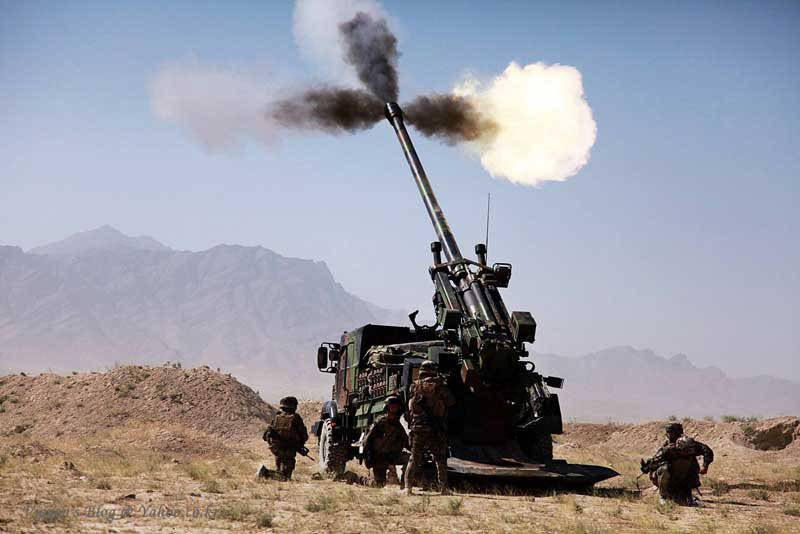
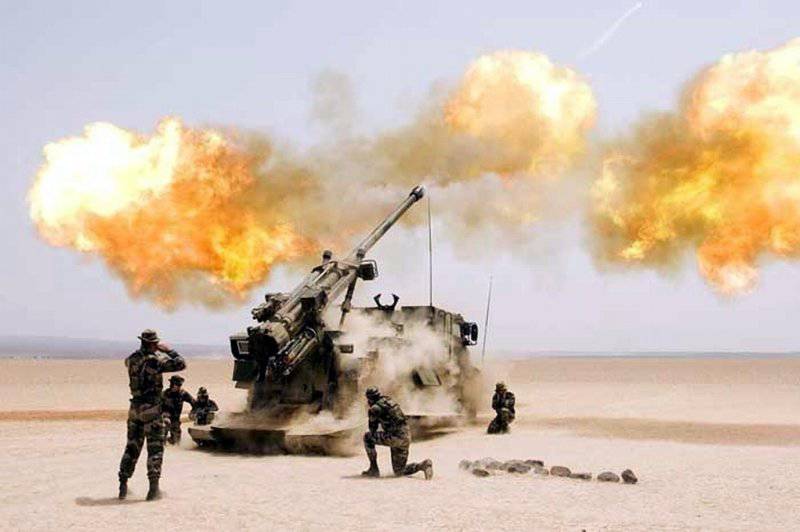
Nexter's CAESAR artillery system can be installed on a wide variety of truck chassis. Its buyers are France, Saudi Arabia and Thailand.
Mobile artillery systems still play an important role on the battlefield, despite the use of UAVs and other advanced systems and technologies.
Traditionally, self-propelled artillery systems were installed on tracked chassis, but an increasing number of users are currently putting on wheel options that have better strategic mobility and a lower cost of the entire service life.
Some operators, including France, Norway and Sweden, have already decided to replace their current towed and tracked artillery systems with wheeled variants. However, the tracked systems are expected to remain in service for many more years, because the majority of users upgrade their systems in order to increase their service life.
The newest self-propelled artillery mounts (SAU) usually have on board a computerized fire control system (SLA), which includes a ground navigation system that allows you to perform fire tasks yourself, as well as be deployed as part of a battery or division.
In addition to firing conventional ammunition, such as high-explosive fragmentation, smoke and lighting, in some countries there is a tendency to have more accurate artillery ammunition in service. Investments are more likely to be spent on the purchase of new ammunition and improved means of targeting and tracking targets, than on new platforms.
Suitable artillery
The type of artillery system deployed in combat depends on the type of terrain and the set of targets to be destroyed.
In Afghanistan, for example, towed artillery and mortars are more widespread than tracked self-propelled weapons, since they can be quickly delivered by helicopter. The Netherlands army deployed several Krauss-Maffei Wegmann PzH 2000 crawler howitzers in Afghanistan, which are now being replaced by howitzers of the German army, while the French army has deployed its CAESAR wheeled howitzers in Afghanistan and northern Lebanon.
Due to the increased attention to wheeled platforms, the number of fully-tracked self-propelled artillery systems has dropped dramatically over the past ten years.
The PLZ45 155 mm / 45 cal system developed by the Chinese company North Industries Corporation (NORINCO) is in service with the Chinese army; it was exported to at least two countries - Kuwait and Saudi Arabia.
The maximum range depends on the combination of projectile / charge, but is usually 39 km when fired with an extended-range caliber projectile with a bottom gas generator (ERFB-BB). To support PLZ45, the PCZ45 transport-charging machine was developed and put into production; she can carry extra 90 155-mm projectiles and charges that can be quickly delivered to the PLZ45 artillery.
The newest tracked artillery system NORINCO PLZ52, armed with 155 mm / 52 cal gun, has a new body and has a total mass of 43 tons against 33 tons of the original PLZ45.
PzH 2000 has now replaced the outdated tracked ACS, operated by the German army. The 155 mm / 52 caliber gun is installed in the tower at the rear of the hull; when you hover the tower can quickly turn to 360 °. Ammunition is 60 pieces of 155-mm projectiles and charges.
Approximately 185 PzH 2000 howitzers were manufactured for the German army with exports to Greece (24), Italy (70) and the Netherlands (57). Production is complete, but can be restarted. As a result of the restructuring, the Netherlands has several redundant systems.
Mobility issues
Although the PzH 2000 is a very efficient 155-mm ACS, with its tons of 55 it is too heavy for rapid deployment. For this reason, Krauss-Maffei Wegmann proactively developed the 155 mm / 52 cal gun Artillery Gun Module (AGM), its first copy was made in the 1994 year. The AGM is a remote-controlled turret armed with the same Rheinmetall 155 mm / 52 cannon rifle caliber as the PzH 2000 howitzer and equipped with a fully automatic ammunition processing system, which first charges the projectile and then sends the modular charge MCS (Modular Charge System).
Ammunition is 30 155-mm projectiles plus MCS charges; The maximum rate of fire of the gun can be 8 shots per minute, with all the functions of guidance and loading are performed remotely. The first AGM was installed on the MLRS back-up chassis and had a combat mass of about 30 tons.
Further development of the system led to the emergence of the Donar ACS, which in essence is an AGM installed in a special building based on the Pizarro BMP developed by General Dynamics Land Systems Europe - Santa Bárbara Sistemas.
Iran has developed and began to produce at least two fully tracked self-propelled artillery systems, Raad-2 155 mm and Raad-1 122 mm, the latter has a tower similar to the tower installed on the widespread Russian 122-mm 2-1 Pink.
The Samsung Techwin defense program division manufactured 1040 self-propelled 155 mm / 39 cal devices M109A2 BAE Systems, which are still in service with the Korean army.
These installations are now complemented by an 155-mm / 52 SAX K9 Thunder, which has a total mass of 46,3 tons and an automatic ammunition processing system installed in the 152 mm / 52 turret, while the charges are loaded manually. All ammunition includes 48 shells and charges. In the Turkish army is also in service version of the howitzer K9 Thunder of local production called Firtina.
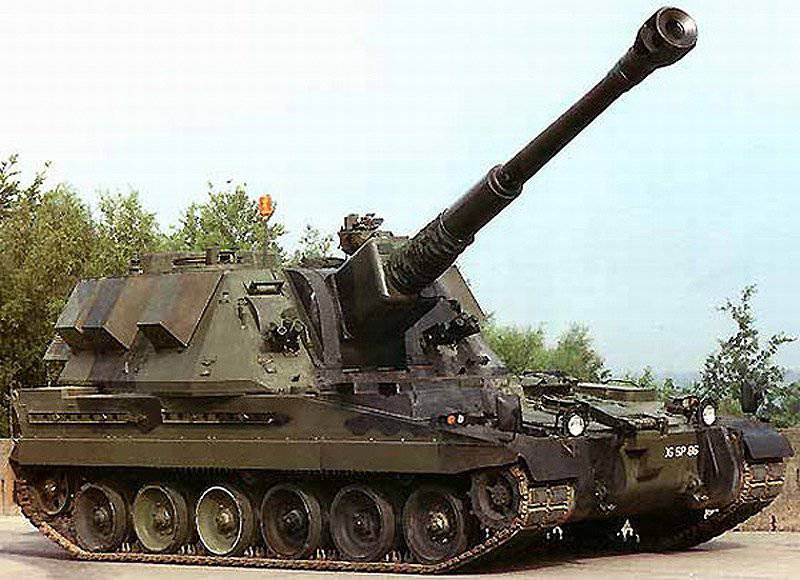
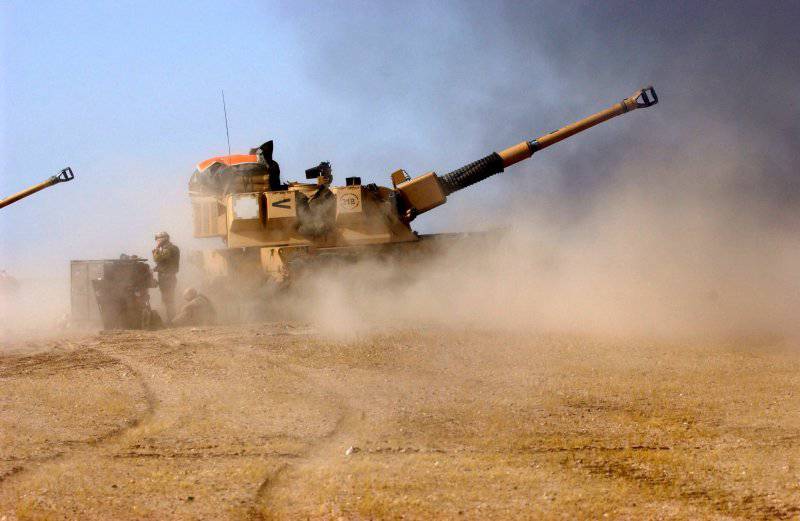
BAE Systems AS90 - the only tracked platform of the British Royal Artillery, which, as a rule, is deployed in divisions of six systems
Russian exports
The newest SAU, put into service with the Russian army, is 152-mm 2-19, exported to several countries. A variant armed with a 155-mm / 52 caliber of the western standard, designated 2X19M1, was developed and tested.
Singapore has been self-sufficient in artillery systems for many years. ST Kinetics from this country developed the Primus 155 mm / 39 crawler ACS ss, with a total of 54 systems supposedly delivered.
Today, the British army only uses the AS90 tracked system from BAE Systems (former Vickers Shipbuilding and Engineering) with an 155 mm / 39 cal tool, which is usually deployed in divisions of six guns. In total, 179 systems were supplied, but today a total of 132 howitzers are in service; The system is no longer marketed by BAE Systems. The AS90 turret with a 155-mm gun was used for the Krab ACS, developed in Poland for the Polish army.
The US Army has accepted 975 mm / 155 39 Paladin M109A6 Paladin supplies from BAE Systems and the corresponding number of M992 FAASV (Field Artillery Ammunition Support Vehicle) transport-charging machines based on the modified M109 package. This pair was supposed to be replaced by a modern 155-mm ACS Crusader and the corresponding transport-loading machine (TZM), but subsequently they were considered too heavy and the replacement was canceled.
In the framework of the currently canceled program of the Combat Systems of the Future, the NLОSC self-propelled artillery unit 155 mm / 38 cal was developed, which was also canceled. M109A6 Paladin will be replaced by the upgraded installation M109A6 Paladin Integrated Management (PIM), BAE Systems has already produced five prototypes of the ACN M109A6 PIM and two TZM FAASV. The ACS consists of a new hull, which includes components of the Bradley infantry fighting vehicle, and a modified turret from the M109A6 Paladin in which the 155 mm / 39 cal gun is left.
When opening financing, it is expected that approximately 440 ACS M109A6 Paladin PIM will be purchased by the US Army, the decision on the initial production should be made at the end of 2013 of the year or the beginning of 2014 of the year.
Changing trend
Over the past few years there has been a tendency to create, develop and manufacture wheeled self-propelled guns. Compared to their tracked counterparts, they offer significant benefits to the end user — traditional self-propelled guns usually require heavy weapons to be deployed over long distances, while wheeled systems can be deployed independently. Today, wheeled SAUs can range from heavy, well-protected systems to lighter, air-transportable, usually with a protected cabin and weapons mounted on an unprotected installation in the rear of the chassis. They are usually equipped with stabilizers-coulters, which fall to the ground before the opening of fire, most systems are also equipped with a hydraulic rammer in order to reduce crew fatigue and increase the rate of fire.
However, these wheeled self-propelled guns have a number of drawbacks compared to their tracked counterparts, including worse maneuverability and reduced portable ammunition of ready-made shots.
Today, NORINCO has the largest SG wheelset on the market in the world, including the most powerful SH1 155 mm / 52 caliber system based on the off-road 6x6 chassis with a fully protected front cab. The horizontal guidance angle of the 155-mm gun is 20 °, the vertical guidance angles range from -3 to + 70 °. Declared maximum range when firing caliber projectile extended range with a bottom gas generator - 41 km, ammunition is 20 shells and 20 charges. It is clear that the SH1 ACS is in service with the Chinese army, and quite possibly it was exported to Myanmar.
NORINCO is also promoting the X122-mm SH2 ACS, which has a secure four-door cab and a rear-mounted artillery mount. The angles of horizontal and vertical guidance, respectively, constitute 22,5 ° and from 0 ° to + 70 °.
Same types
The 122-mm gun itself is the same in this setup as in the Type 86 Chinese towed artillery system (the Russian D-30 version), not to mention the many outdated Chinese tracked systems.
The Chinese army is also armed with 122-mm ACS Type 86, which was promoted in the market by Poly Technologies. It is a fairly typical system consisting of the chassis of the 6x6 truck with an unprotected cab in front and an upper part of a standard Type 86 towed howitzer in the rear. Before the start of shooting, the openers are lowered on each side, and the gun can only shoot over the rear of the chassis.
The 105-mm SG SH5 6x6 is aimed at the export market, it has a similar layout to the 122-mm SH2, but is mounted on a slightly different chassis, which has front and rear steering wheels. The 105-mm / 37 cal gun when shooting with the US high-explosive high-explosive ordnance M1 has a maximum range of 12 km, which can be increased to 18 km when using a projectile with a bottom gas generator;
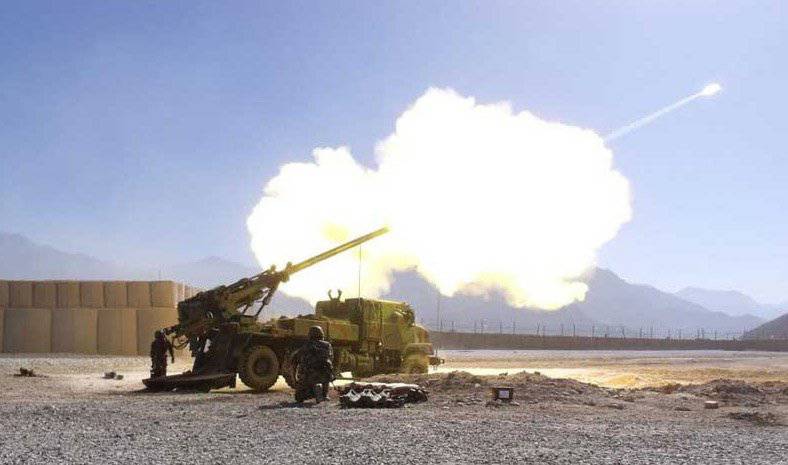
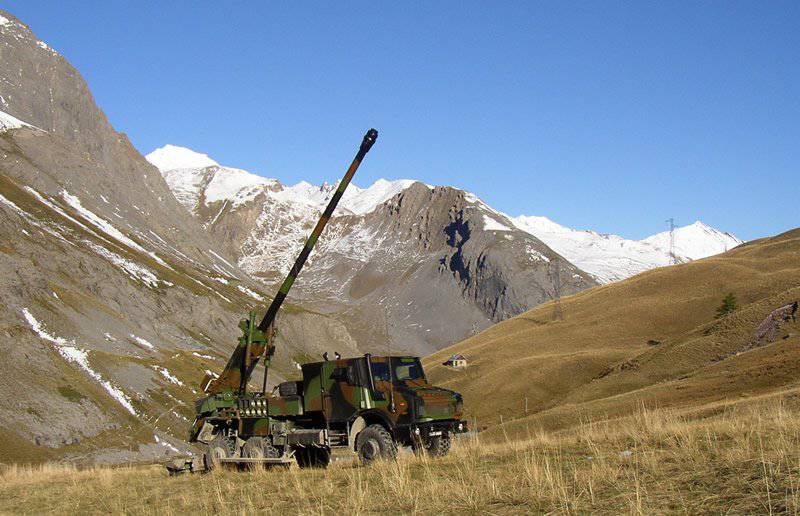
CAESAR in Afghanistan
Nexter, on its own initiative, developed the CAESAR 155 mm / 52 cal artillery system, its first technological prototype was first demonstrated in 1994. The 155 mm / 52 cal gun is installed at the rear of the chassis; after being deployed in the shooting position, the azimuth angle is 17 °, the vertical angles are from -3 to + 66 °. Maximum range when firing caliber projectile extended range reaches 42 km, ammunition consists of 18 155-mm projectiles and the corresponding charges, ready to fire.
The French Ministry of Defense issued the company a contract for five pre-production systems that were supplied in 2002 - 2003. Then 2008 serial systems were installed in 2011 - 72, they were based on the chassis of the Renault Trucks Defense Sherpa 6xXNNXX truck with a protected cab.
There are long-term goals of the French army to replace all of their remaining 155-mm tracked AUF1 TA and towed TR from Nexter with SG CAESAR. In the future, the company hopes to receive an additional order for CAESAR 64 howitzers, which could be delivered between 2015 and 2020 a year.
The Thai Army has taken the initial batch of six CAESAR FGs, which are also based on the Sherpa chassis. The National Guard of Saudi Arabia has ordered a total of 136 howitzers, but they are installed on the Mercedes-Benz Unimog 6x6 off-road chassis, the last batch of 32 systems will be assembled in Saudi Arabia. At the end of 2012, it was also announced that Indonesia ordered the CAESAR SG from Nexter 37 SG.
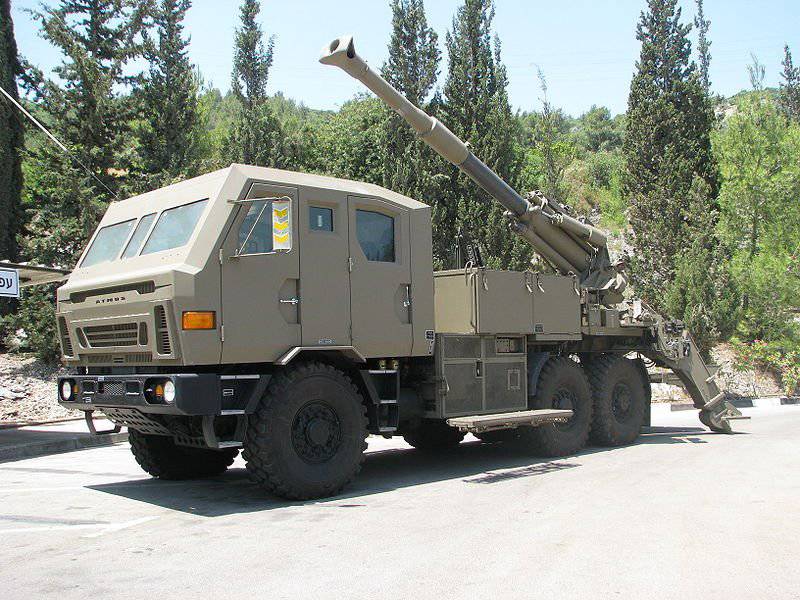
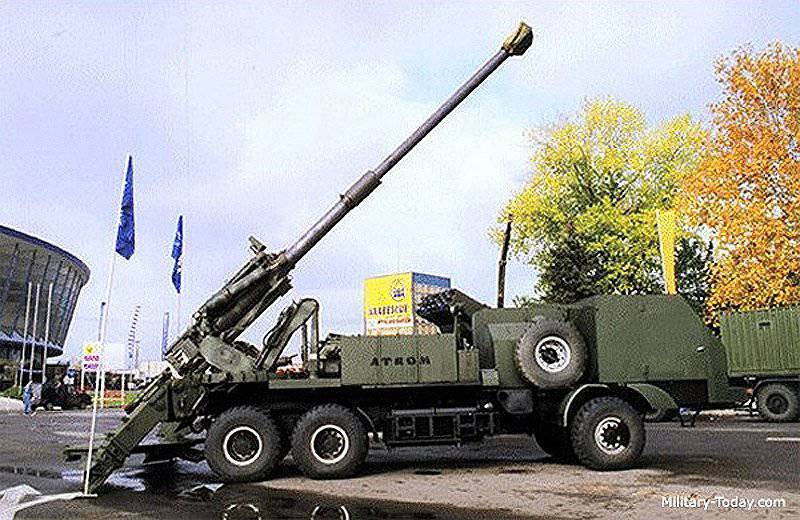
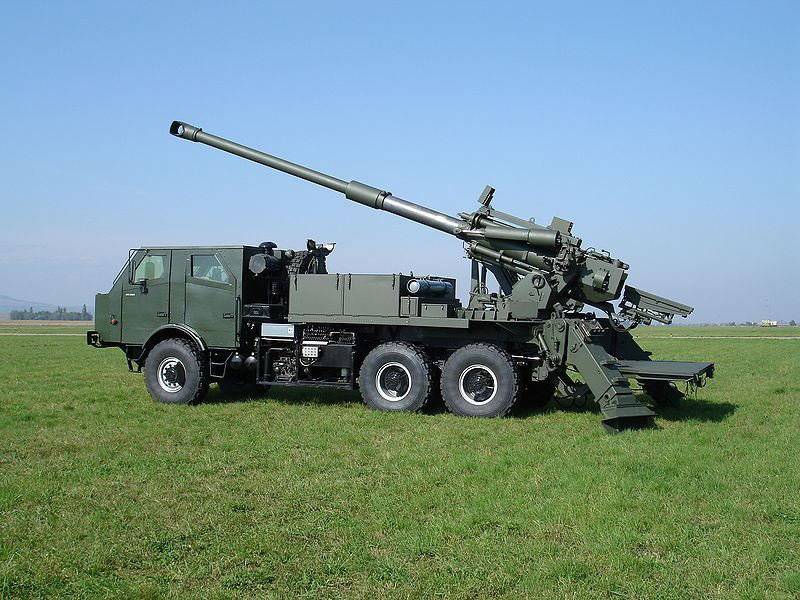
ATMOS 2000 from the Israeli company Soltam Systems (above). SAT 155 mm / 52 cal ATROM designed for the Romanian army (two photos below)
Iranian development. And not only
Iran has recently developed the 155 mm NXX ACS, consisting of a truck chassis with a bonnet cab and a standard Iranian 6 mm / 6 towed artillery HM155 rear mounted. After lowering the large coulter with hydraulic actuator to the ground before firing, the gun can only shoot at the frontal arc.
The Israeli company Soltam Systems (currently the Elbit division) has many years of experience in designing, developing and manufacturing towed and self-propelled artillery systems. The company can now offer potential buyers a complete artillery system, not only with weapons and ammunition, but also with SLA, including advanced observers. Currently, an autonomous howitzer on an ATMOS 2000 truck chassis (Autonomous Truck Mounted Howitzer System 2000), which can be installed on an 6 x 6 off-road truck chassis with a bonnet cab, which is usually protected, is being manufactured in the export market.
At the rear of the chassis, 155-mm 52, 45 or 39 feces are mounted with vertical and horizontal drives and a hydraulic rammer. On each side of the platform there is a hydraulic coulter, which descends to the ground before firing.
For the Romanian market, ATMOS has been renamed to 155 system mm / 52 cal ATROM, based on the Romanian chassis 6 x 6; Apparently, the production of this howitzer for the army of this country has not yet begun.
The Italian army has a large fleet of 8 x 8 armored vehicles, including the Centauro 105-mm artillery, as well as an increasing number of Freccia infantry fighting vehicles. In order to provide these units with highly mobile indirect fire, Oto Melara develops an 155-mm ultra-light wheel howitzer, a typical layout of which was shown at Eurosatory 2012.
The first exhibition copy of the turret, armed with a 155-mm / 39 caliber cannon, was mounted on the hull of an Centauro 105-mm artillery system. An automatic ammunition supply system can be installed in the turret, allowing 8 shots per minute to be achieved at a rate of fire.
Serbian system
In addition to the extensive family of towed artillery systems being manufactured, including retrofit kits, the Serbian company Yugoimport developed the wheeled SAU NORA B-52 155-mm / 52 cal, which is sold to at least two foreign buyers. The system mounts on the chassis of an 8x8 off-road truck and usually shoots back at a horizontal 30 ° arc and with vertical angles from -5 ° to + 65 °.
In 70, the former Czechoslovakia became one of the first countries to develop a wheeled artillery system with an 152-mm ZTS Dana cannon based on the Tatra 8 x 8 truck chassis. This system had a protected compartment for the calculation in front, a fully protected tower in the middle, and a protected engine compartment in the back. It was made over 750 pieces, they are still in service with the Czech Republic, Georgia, Libya, Poland and Slovakia.
As a result of further development, a Zuzana 155-mm / 45 caliber howitzer appeared, which was supplied to Cyprus and Slovakia, and its version of the Zuzana A1 155-mm / 52 SAU was recently developed.
With the exception of tank The Olifant South African Army operates exclusively wheeled vehicles, including a 6 mm / 155 cal G45 howitzer from Denel Land Systems, which has a combat weight of approximately 47 tons and is armed with a 155 mm / 45 caliber cannon mounted in a well-protected turret in the rear of the hull ammunition 45 rounds.
In total, the 43 howitzer G6 was manufactured for the South African army, 24 howitzers were exported to Oman and 78 howitzers to the UAE. In the course of further development, the G6-52 howitzer with an 155-mm / 52 cannon cal with a system of automatic ammunition processing, which supplies shells and MCS modular charges, appeared.
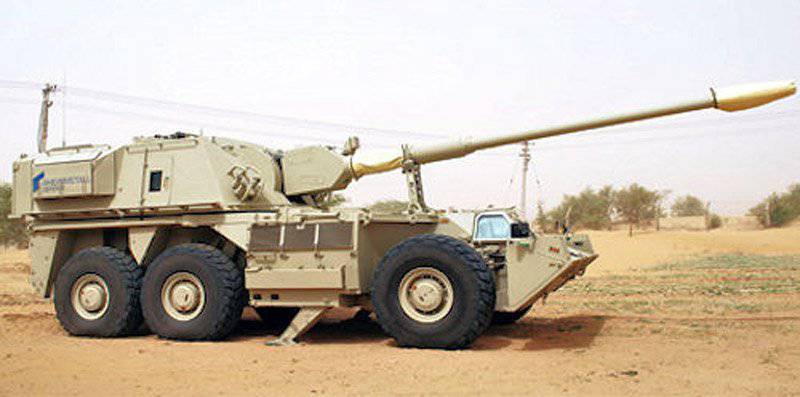
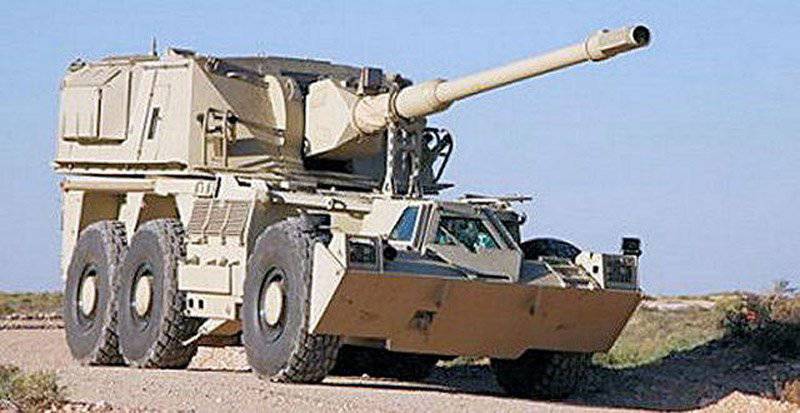
SAU Rheinmetall Wheeled Gun 52 from the company Rheinmetall Defense
Export hopes
For the export market, the company developed the T5 Condor howitzer, which is usually based on the Tatra 8x8 truck chassis with a rear-mounted 155 mm / 45 cal gun or 155 mm / 52 cal gun.
Rheinmetall Defense developed the Rheinmetall Wheeled Gun 52 self-propelled gun, while the hull was designed by Industrial Automotive Design, and the tower was armed with the same 155 mm / 52 cal instrument as the German PzH 2000.
Norway and Sweden are replacing their current fleets of artillery systems with a FH77 BW L52 Archer 6x6 howitzer from BAE Systems; each country received for the start 24 system. Archer is based on the Volvo 6 x 6 off-road truck chassis with a protected cab and 155 mm / 52 cal guns behind, where there is also ammunition for ready shells and charges for them. The installation has a maximum rate of fire up to 8 shots per minute, all operations are conducted remotely from the cab.
While a self-propelled artillery system may have limited use in counterinsurgency operations, it can become a key player in traditional maneuver operations due to its sufficient mobility, and a high level of protection allows it to work together with tanks and infantry fighting vehicles for which it provides fire support. .
Materials used:
Land Warfare International December / January 2013
www.nexter-group.fr
www.denellandsystems.co.za
www.kmweg.de
www.baesystems.com
www.rheinmetall-defence.com/
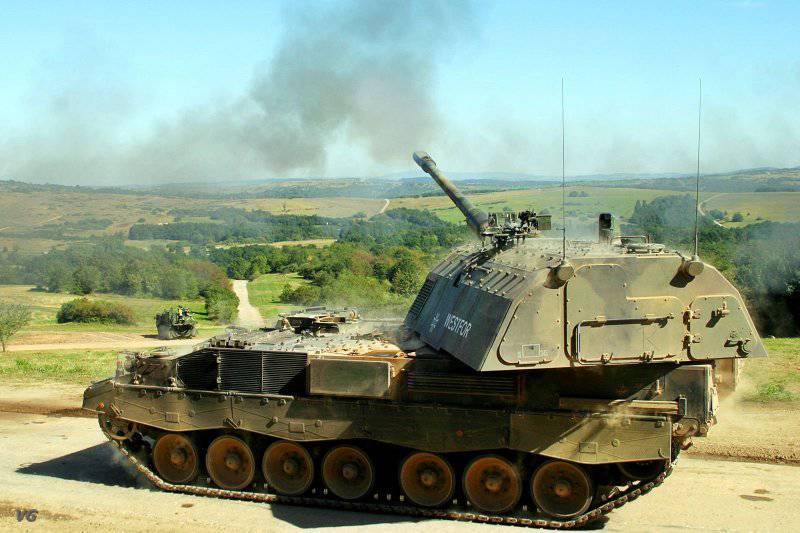
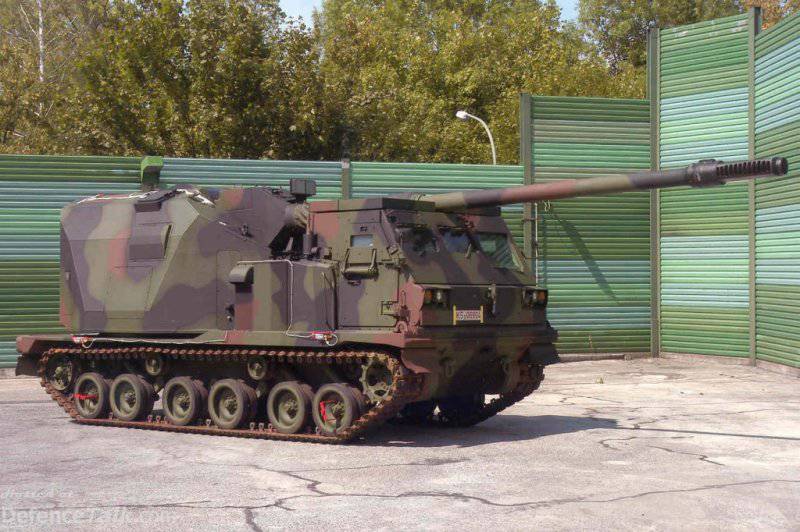
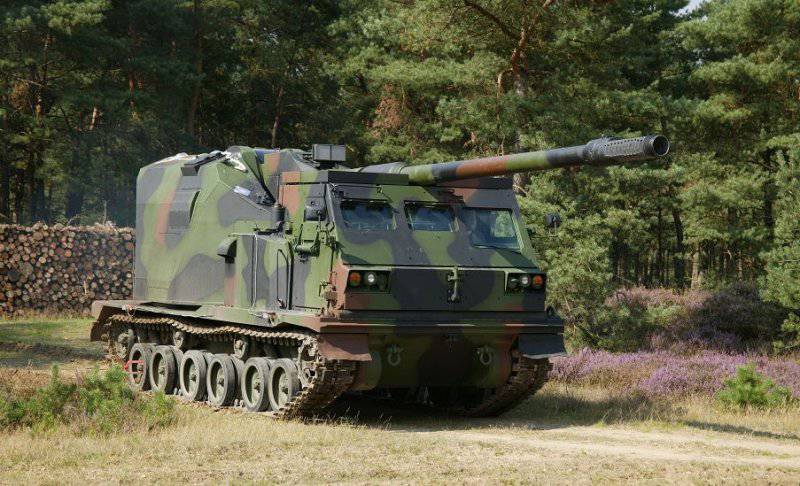
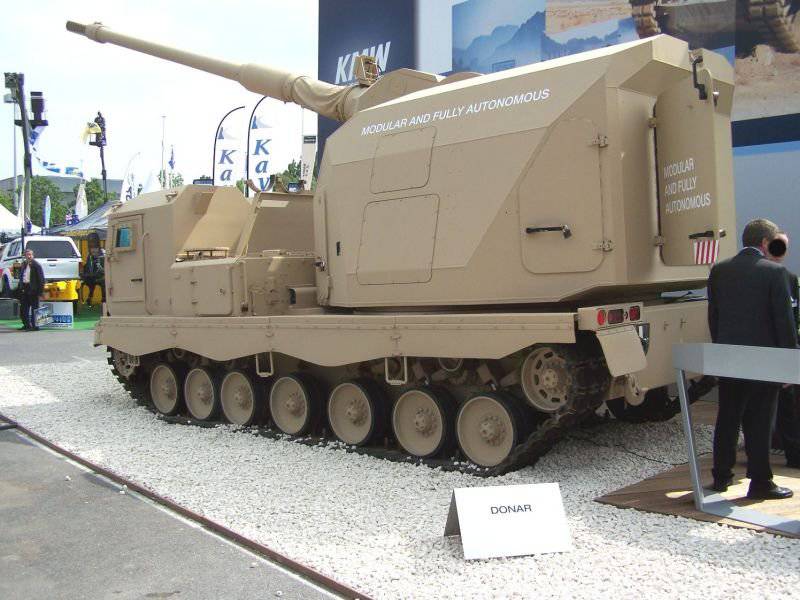
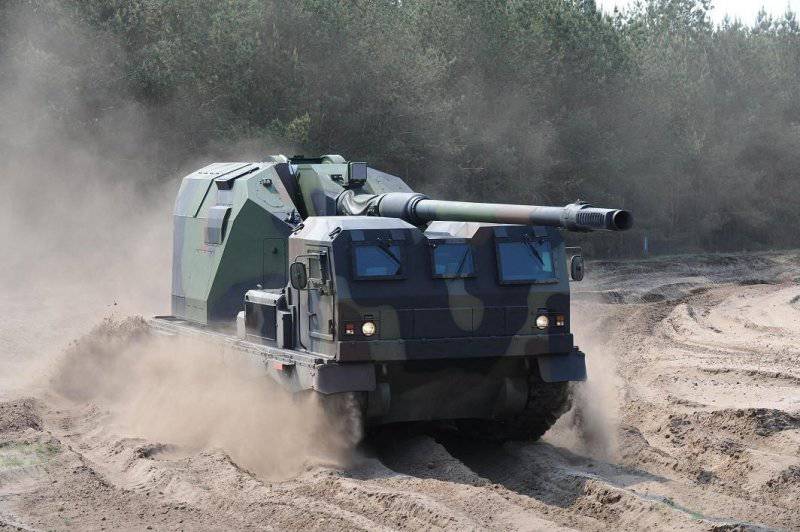
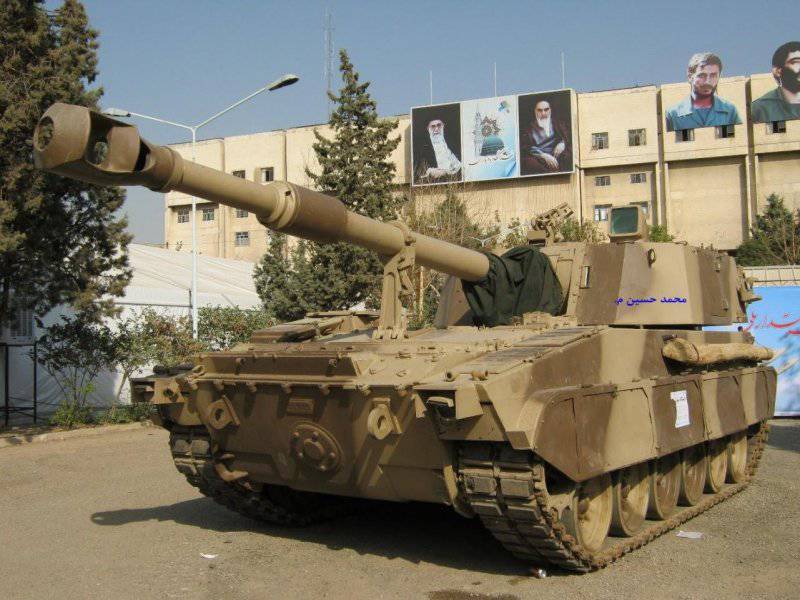
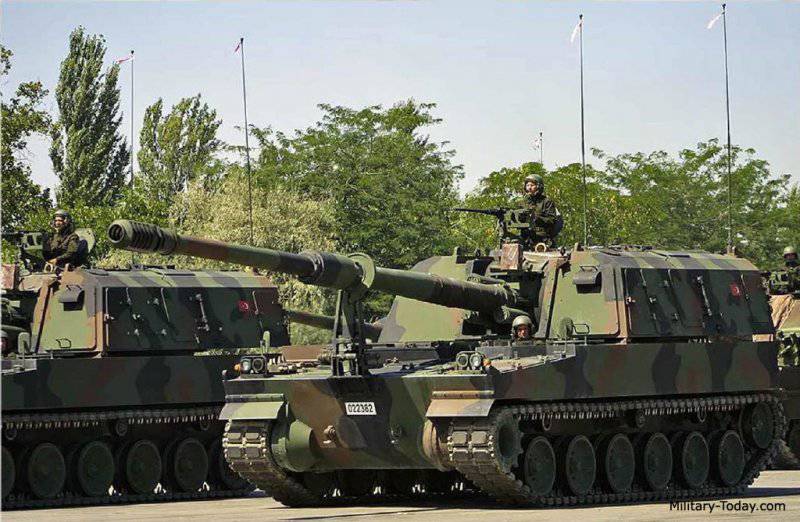
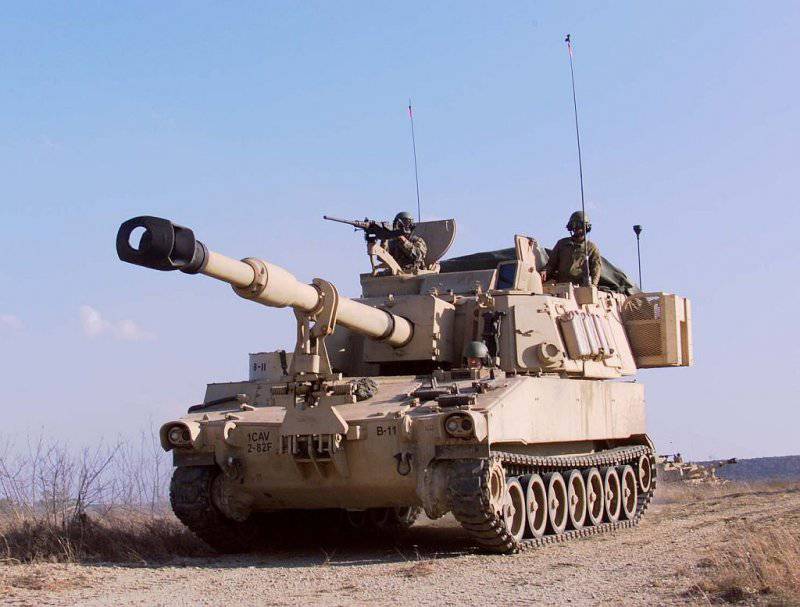
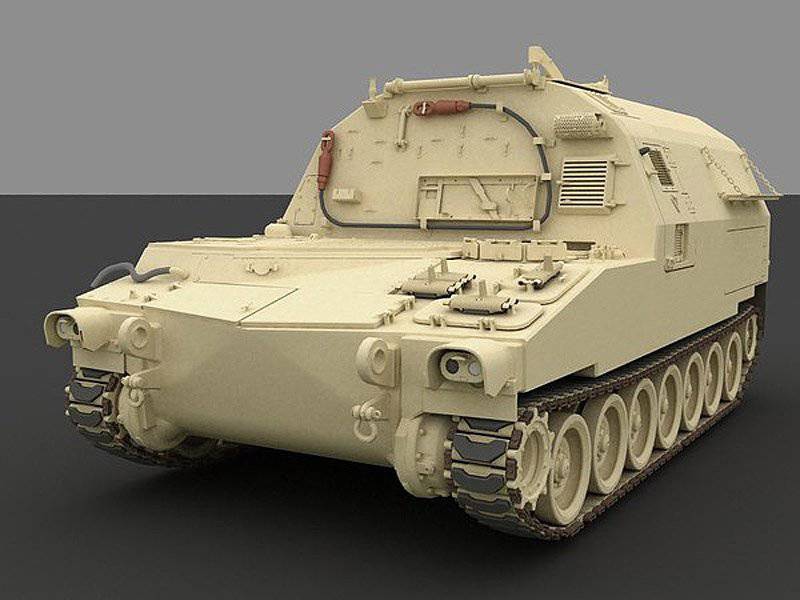
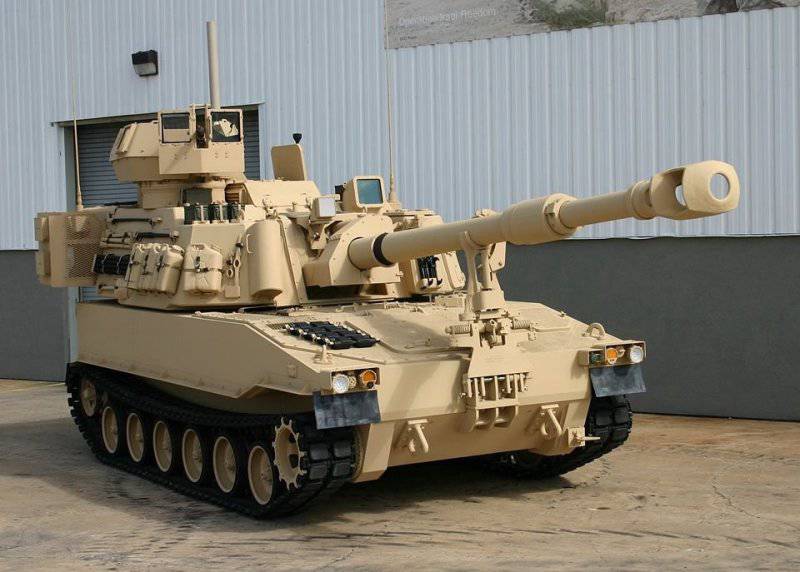
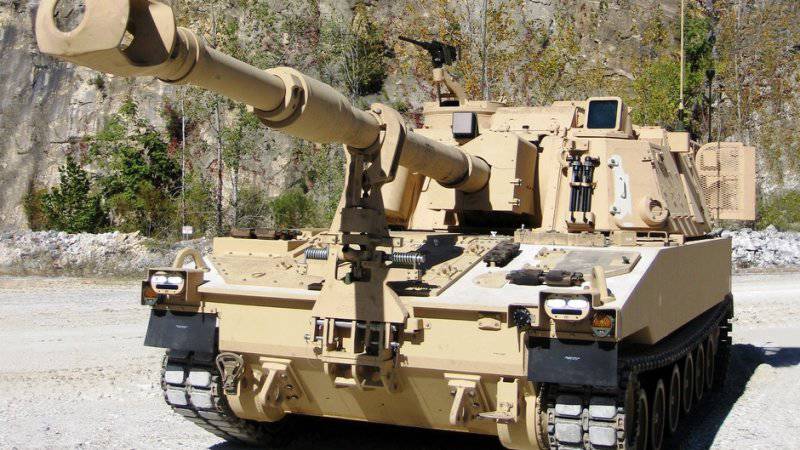
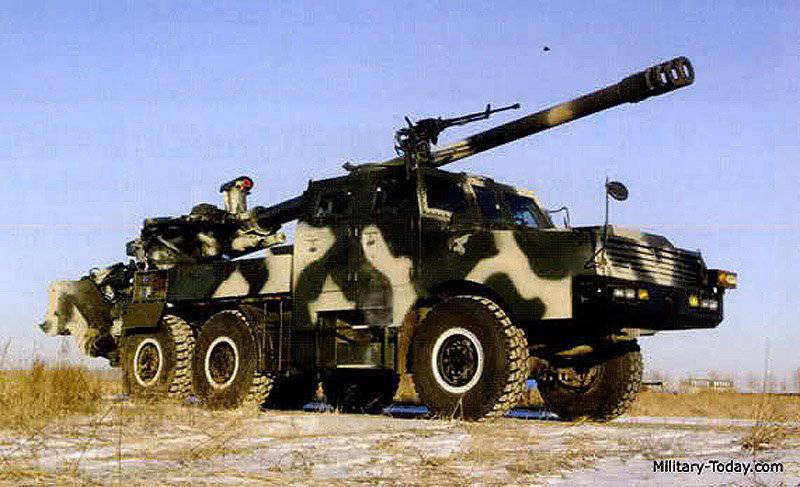
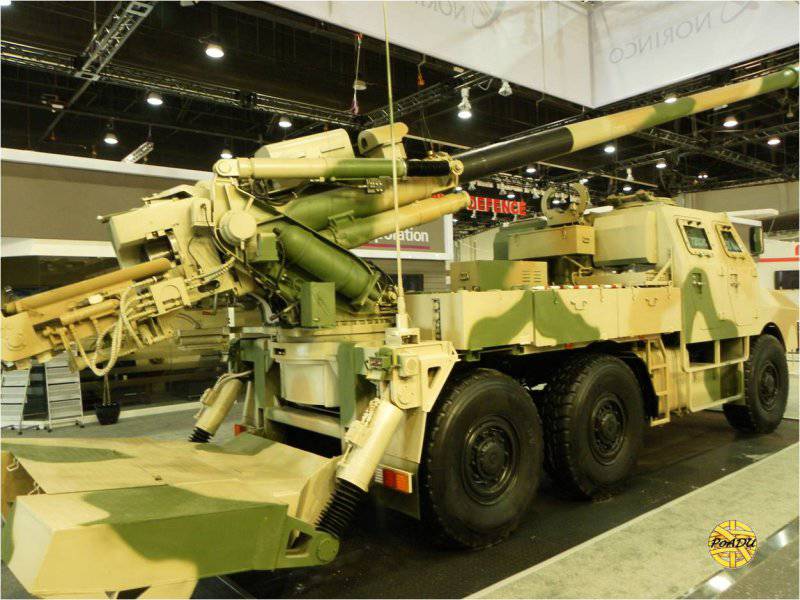
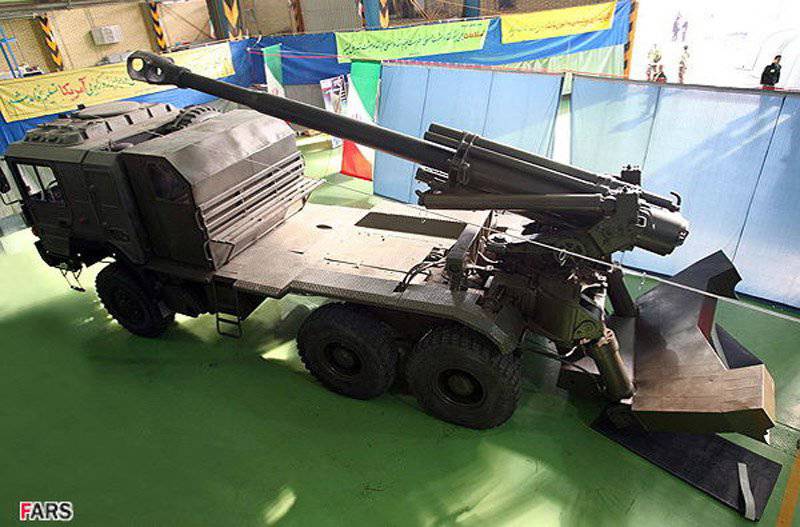
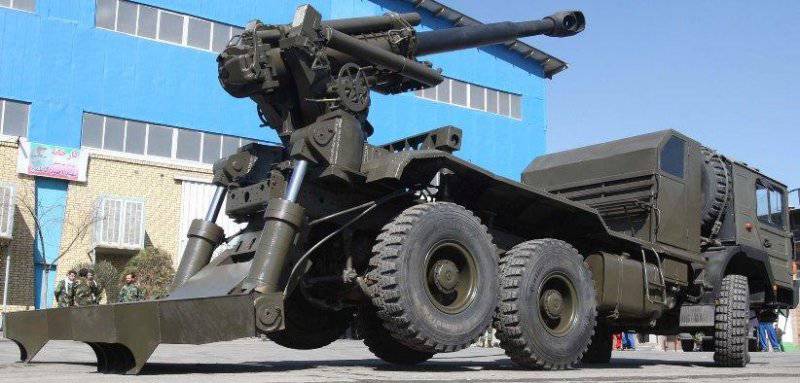
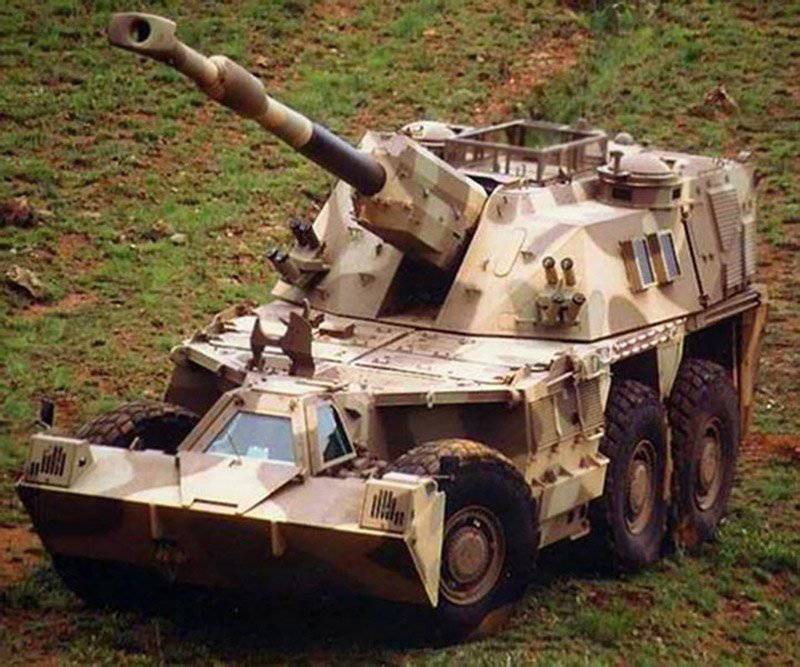
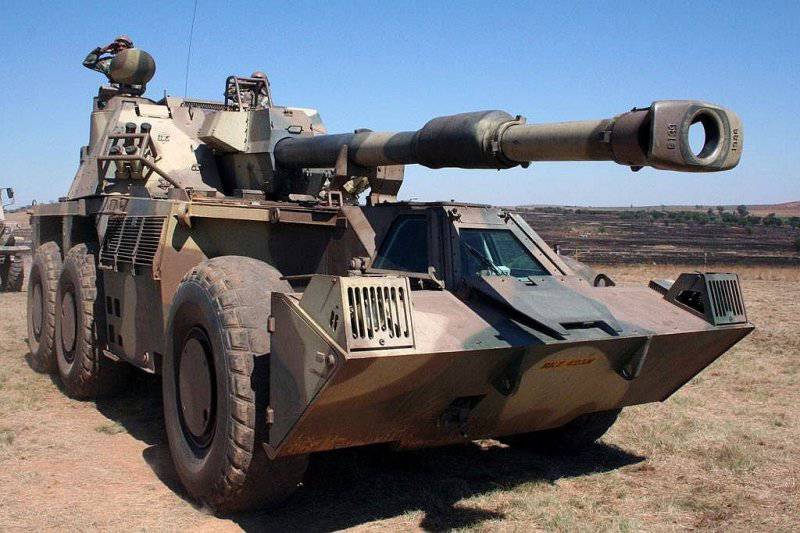
Information